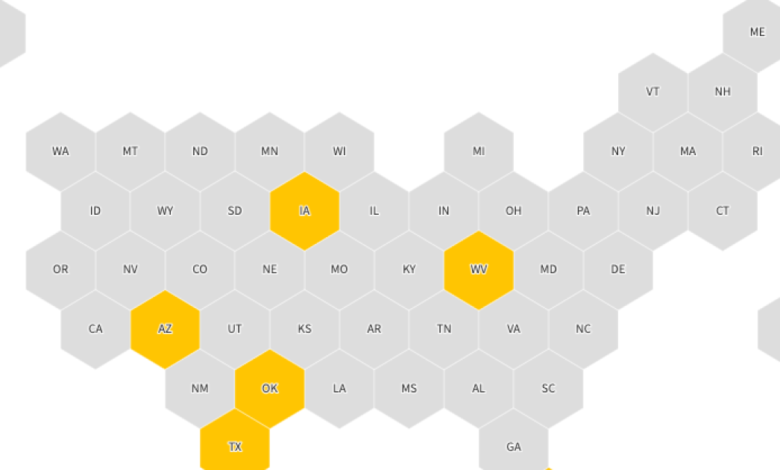Here Are the States Where Lawmakers Are Seeking to Restrict Colleges’ DEI Efforts

[ad_1]
The Chronicle is tracking legislation that would prohibit colleges from having diversity, equity, and inclusion offices or staff; ban mandatory diversity training; prohibit institutions from using diversity statements in hiring and promotion; or prohibit colleges from using race, sex, color, ethnicity, or national origin in admissions or employment. All four proscriptions were identified in model state legislation proposed this year by the Goldwater and Manhattan Institutes.
0
have final
legislative approval.
0
have been signed
into law by a governor.
2
have been tabled
or failed to pass.
What Would the Legislation Restrict?
We Want to Hear From You
How are people in your state or on your campus reacting to these efforts to restrict diversity, equity, and inclusion efforts at public colleges? What are your thoughts on these proposals? And have we missed any relevant bills? Please email [email protected] and let us know.
Methodology
The Chronicle looked for bills introduced in the current legislative sessions on state legislative websites. We searched for bills that would affect diversity, equity, and inclusion efforts identified in the model state legislation proposed by the Goldwater and Manhattan Institutes this year. We supplemented those efforts by looking for articles about relevant legislation in local media outlets.
In some states, changes in diversity, equity, and inclusion efforts at public colleges have come from outside the legislature. For example, in a measure that appears to target diversity statements, the University of North Carolina’s Board of Governors voted in February to prohibit colleges from asking applicants or employees to state or agree with certain viewpoints in hiring or admissions, while the chancellors of the Texas A&M and Texas State systems eliminated requirements for diversity statements in hiring. We did not include measures like those, but focused on state legislation only.
Data on student enrollment represents only full-time students for the fall of 2021, and it comes from the U.S. Department of Education’s Integrated Postsecondary Education Data System (Ipeds). Employee numbers also come from Ipeds, and these figures include only full-time employees. Nonwhite students and faculty percentages are calculated by taking the total population minus the white population. People who identified as two or more races, nonresidents, or unknown were removed from these calculations as well. Only data from Title IV, degree-granting institutions within the United States is included.
Jacquelyn Elias, Audrey Williams June, Kate Marijolovic, Julian Roberts-Grmela, and Eva Surovell contributed to this article.
[ad_2]
Source link






